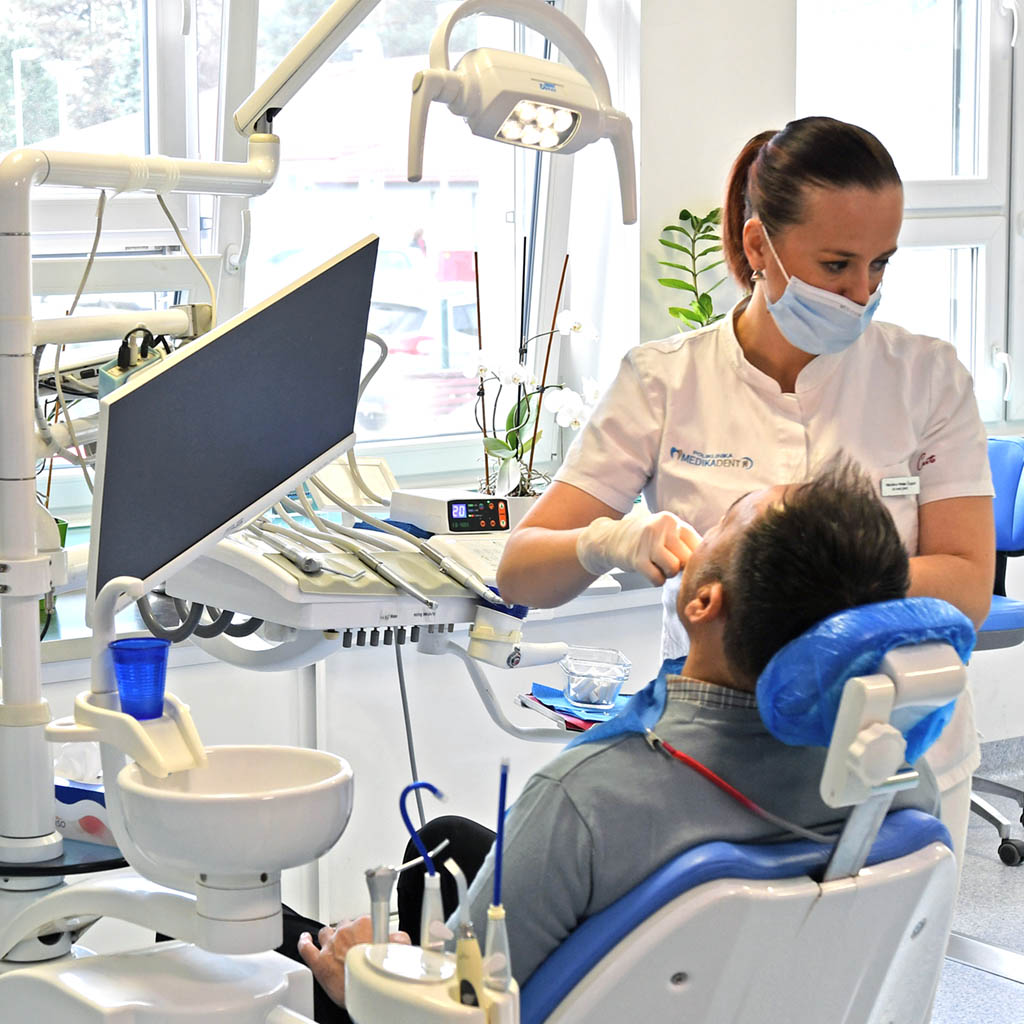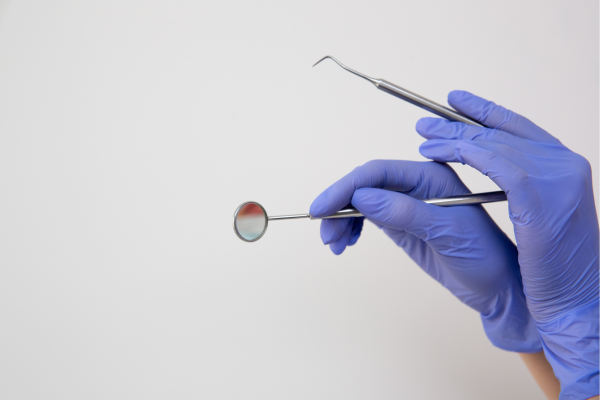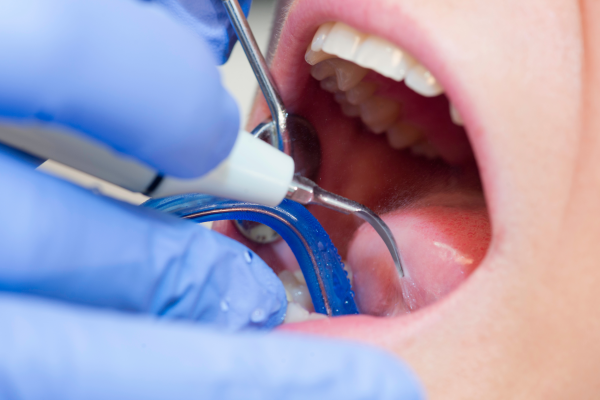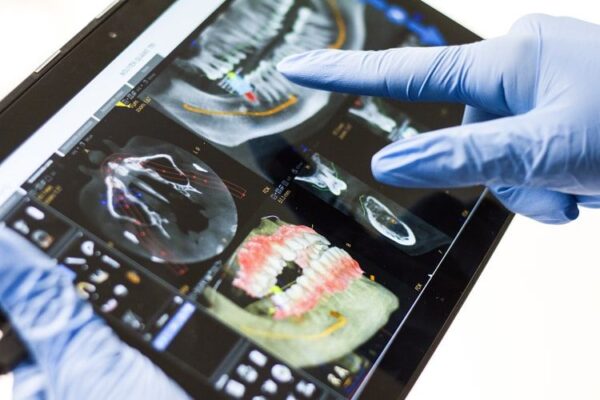Endodoncija
Spas za zub koji boli
Bol, osjetljivost, oticanje?
To je znak da je zubna pulpa – “srce” zuba – upaljena ili inficirana.
Endodoncija je terapija koja spašava prirodni zub i sprječava njegovo vađenje. Zahvat se provodi u lokalnoj anesteziji i obično nije bolan, ali zahtijeva preciznost i strpljenje
Kako izgleda liječenje?
- Snimimo 3D sliku zuba
- Uklonimo upaljeno tkivo iz kanala
- Temeljito očistimo i dezinficiramo
- Kanal punimo i zatvaramo
- Po potrebi, zub obnavljamo krunicom
Nakon liječenja zub ostaje u funkciji, bez boli.
Za dodatnu čvrstoću i estetiku, preporučuje se nadogradnja krunicom.

- Svi članci
- Endodoncija

Osmijeh je često prvo što drugi primijete na nama. Osim estetske uloge, zdravlje zubi i usne šupljine ima velik utjecaj...

Endodoncija je grana stomatologije koja se bavi prevencijom, dijagnostikom i liječenjem anomalija unutar pulpe ili korijena. Zubna pulpa (živac) se...

Endodoncija, poznatija kao liječenje zubnog živca, ključna je grana stomatologije kojom se spašava zub od vađenja. Zahvatom se uklanja upaljena...
S nama je vaš osmijeh ljepši
Poliklinika Medikadent je privatni specijalistički stomatološki centar temeljen na stručnom i motiviranom osoblju te najsuvremenijim tehnologijama u dentalnoj medicini uz prisustvo najkvalitetnijih materijala na svjetskom nivou.
Multidisciplinarni tim doktora, specijalista, dentalnih asistenata i dentalnih tehničara nudi sve usluge moderne stomatologije. Primjenjujemo najsuvremeniju opremu i sve to na jednom mjestu. Vršimo sve tipove zahvata, od jednostavnih do složenih uz maksimalnu brigu o Vašem zdravlju i estetici.
Naša misija je vraćanje osmijeha na lica pacijenata.
